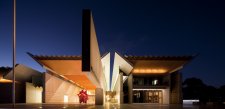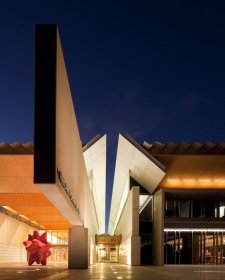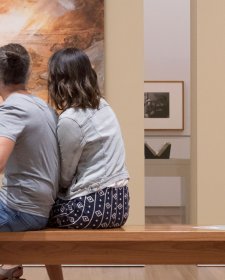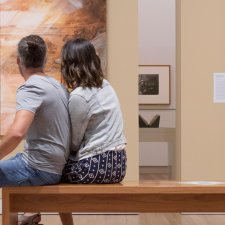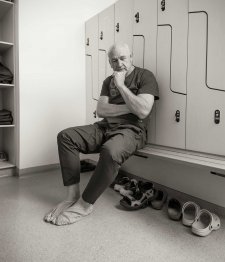
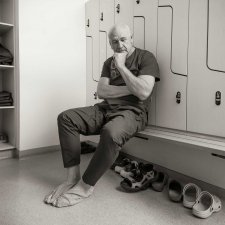

An active and contemplative life
by Angus Trumble, 28 September 2017
From Cicero through St. Augustine and Coluccio Salutati right up to the present day, we have regularly weighed the significance, respective merits and competing priorities of the “active” versus the “contemplative” life. Can they coexist?



Queen Victoria
by Angus Trumble, 30 August 2017
Last Sunday I had the privilege of appearing at the Canberra Writers’ Festival in conversation with Julia Baird. The subject of our session was Julia’s recent biography, Victoria the Queen: An Intimate Biography of the Woman who Ruled an Empire.



Portraiture in a Bleak House
by Angus Trumble, 31 July 2017
It may seem an odd thing to do at one’s leisure on a beautiful tropical island, but I spent much of my midwinter break a few weeks ago re-reading Bleak House.
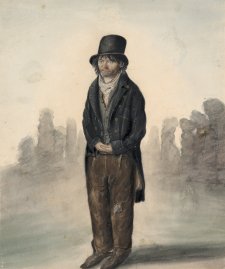

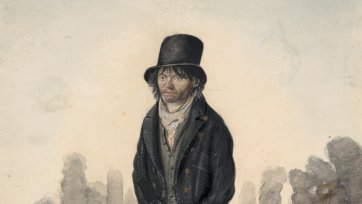
Dempsey's people
by Angus Trumble, 30 June 2017
Those of you who are active in social media circles may be aware that through the past week I have unleashed a blitz on Facebook and Instagram in connection with our new winter exhibition Dempsey’s People: A Folio of British Street Portraits, 1824−1844.



A reflection on conversation pieces
by Angus Trumble, 29 May 2017
There is in the collection of the Yale Center for British Art in New Haven, Connecticut, an English painting, datable on the basis of costume to about 1745, that has for many years exercised my imagination.
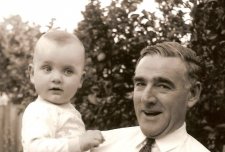
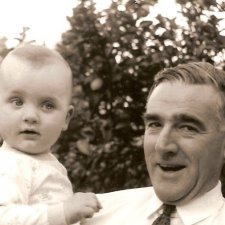

Dementia and the arts
by Angus Trumble, 25 May 2017
That principle of equity of access has ever since been a noble aspiration for all public art museums, as it is for us here at the National Portrait Gallery.


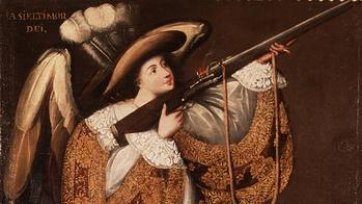
The Viceroyalty of New Spain
by Angus Trumble, 1 May 2017
European painters always enjoyed a good deal of latitude in the representation of angels, those asexual, bodiless, celestial regiments of God, so long as they were young and beautiful.
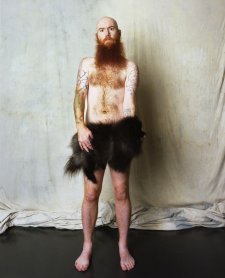


The National Photographic Portrait Prize turns ten
by Angus Trumble, 31 March 2017
It is now a little more than 178 years since the French Academy of Sciences was made aware of the invention of the daguerreotype process.
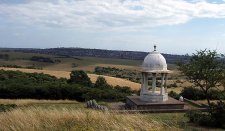


Grateful admiration and brotherly love
by Angus Trumble, 9 March 2017
In the earliest stages of the Great War, the Royal Pavilion in Brighton was turned into a military hospital, and arrangements made there to accommodate the different dietary and other requirements of Hindu, Sikh and Muslim patients.
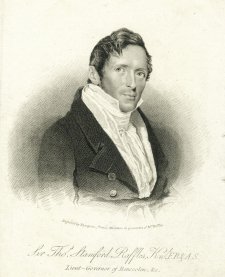
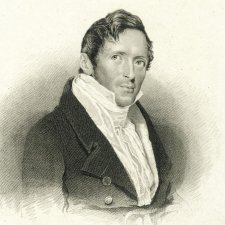

Audacity, audacity, audacity
by Angus Trumble, 2 March 2017
Angus delves into the biographies of two ambitious characters; Sir Stamford Raffles and Sir John Pope-Hennessy.
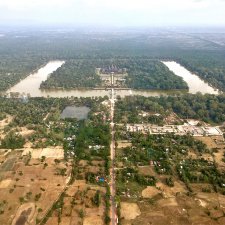
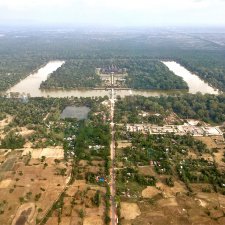
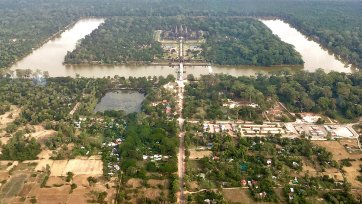
Angkor Wat
by Angus Trumble, 2 February 2017
Nothing quite prepares the first-time visitor to Cambodia for the scale and grandeur of the monuments of the ancient Khmer civilisation of Angkor.


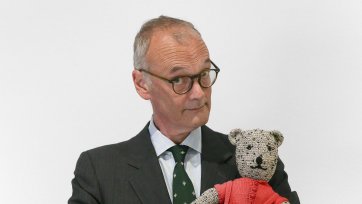
A bear of great substance
by Angus Trumble, 2 December 2016
Just in time for Christmas, Angus reflects on the most special present he has ever received.



